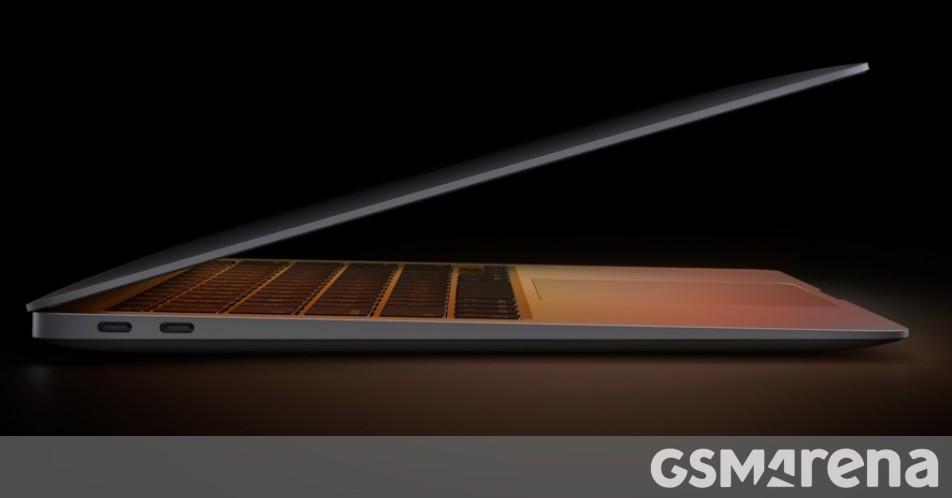Trump’s new 10% tariff on all imports from China is now in effect, leading to price increases for consumer goods like laptops. While Apple will absorb the tariff impact and maintain stable prices, companies like Acer will raise prices by 10% on imported products. Relocating manufacturing outside China or producing within the US is challenging, as essential components would still incur taxes. The Consumer Technology Association estimates these tariffs could cost US consumers around $143 billion, potentially slowing sales. Consumers are advised to purchase new tech quickly, as many vendors still have inventory from before the tariffs were implemented.
The new 10% tariff imposed by Trump on all imports from China is now in place, which means some consumer goods, including laptops, are set to become more expensive. As is commonly seen, applying tariffs on specific goods means that manufacturers must either absorb the increased costs, thus lowering their profit margins, or pass these costs directly onto consumers.
Currently, Apple is taking a commendable approach by maintaining stable prices and absorbing the 10% tariff hit on its profit margins. In contrast, other companies like Acer have opted to transfer these costs onto their customers. Consequently, all Acer products imported from China into the US will see a price increase of 10%.
Relocating manufacturing outside of China isn’t a viable option at this time, nor is producing hardware within the US, as certain components will still need to be imported and subject to the associated taxes.
The Consumer Technology Association (CTA), in which Apple plays a key role, estimates that consumers in the US will face an additional cost of about $143 billion due to the new tariffs, leading to anticipated declines in sales.
If you’re considering purchasing new tech items soon, it’s advisable to make your move quickly, as the new tariffs are already in effect, yet vendors are still sitting on a significant inventory of products imported before the tariffs were implemented.
Via
